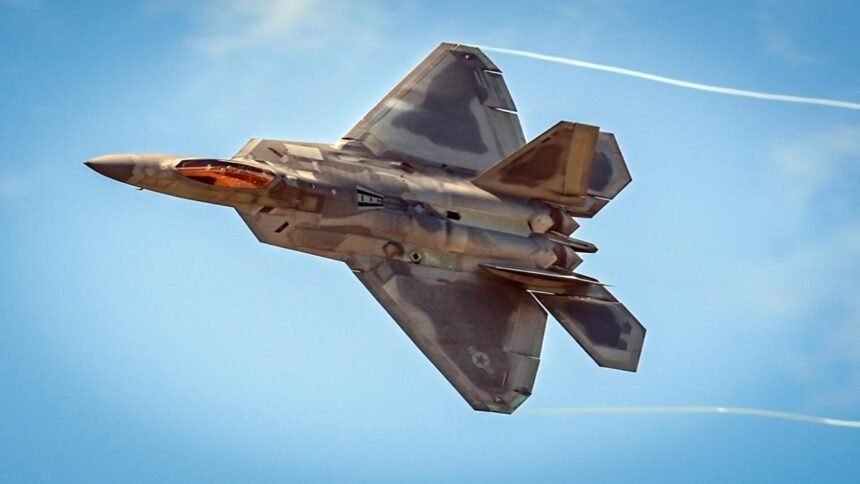Imagine a fighter jet that is so advanced that it has outflown, outgunned, and outsmarted every rival in existence. A jet so secret that even Washington’s closest and most trusted allied countries – those trusted with even nuclear weapons- were told, “Sorry, not for sale.” That’s the story of the F-22 Raptor, which is regarded as America’s crown jewel of air superiority and dominance. While allies begged for the slightest of chance to buy it, Congress locked it away, making the Raptor not just a fighter but a geopolitical statement.
- Why Did the U.S. Introduce It?
- Technical Overview: Basics of Airborne Ghost
- 1. Stealth Design
- 2. Engines and Supercruise
- 3. Thrust Vectoring
- 4. Avionics and Sensors
- 5. Electronic Warfare
- 6. Weapons Loadout
- The Financial and Logistics Black Hole
- Why the U.S. Kept It Away from Allies?
- Media Bias & Propaganda: Raptor Edition
- Politics and Public Reaction
- Analysts’ Breakdown: Awe with Caveats
- Exercises and Accidents
- Counterparts and Comparisons
- The Future: Legacy and Successors
- Conclusion: The Jet America Refused to Share
- F-22 Raptor: Key Facts
The F-22 is the Ferrari of fighter jets—rare, blisteringly fast, and far too costly for daily use. Meanwhile, F-16s and Gripens are more like Toyota Corolla – affordable, reliable, and easily exported, even to a country that supports terrorism like Pakistan. That’s why the U.S. keeps the Ferrari tucked away and hands out the Corolla to its allies.
Air dominance is not just about numbers, it’s about who controls the sky
Gen. John P. Jumper
Why Did the U.S. Introduce It?
Lockheed Martin built the F-22 Raptor, a fifth-gen stealth fighter, not for airshows but out of Cold War paranoia. In the 1980s, the U.S. feared the growing air dominance of Soviet-made Su-27s and MiG-29s, sparking the ignition of the ATF program. That rivalry didn’t end with the Cold War—it simply evolved. Today, the F-35 carries forward America’s stealth doctrine, while Russia bets on the Su-57 as its next-gen answer.
Lockheed’s YF-22 beat Northrop’s YF-23 with stealth, agility and even provided more reliability. Entering service in 2005, it became the sky’s apex predator—though the Soviet threat had already collapsed, billions ensured it still flew.
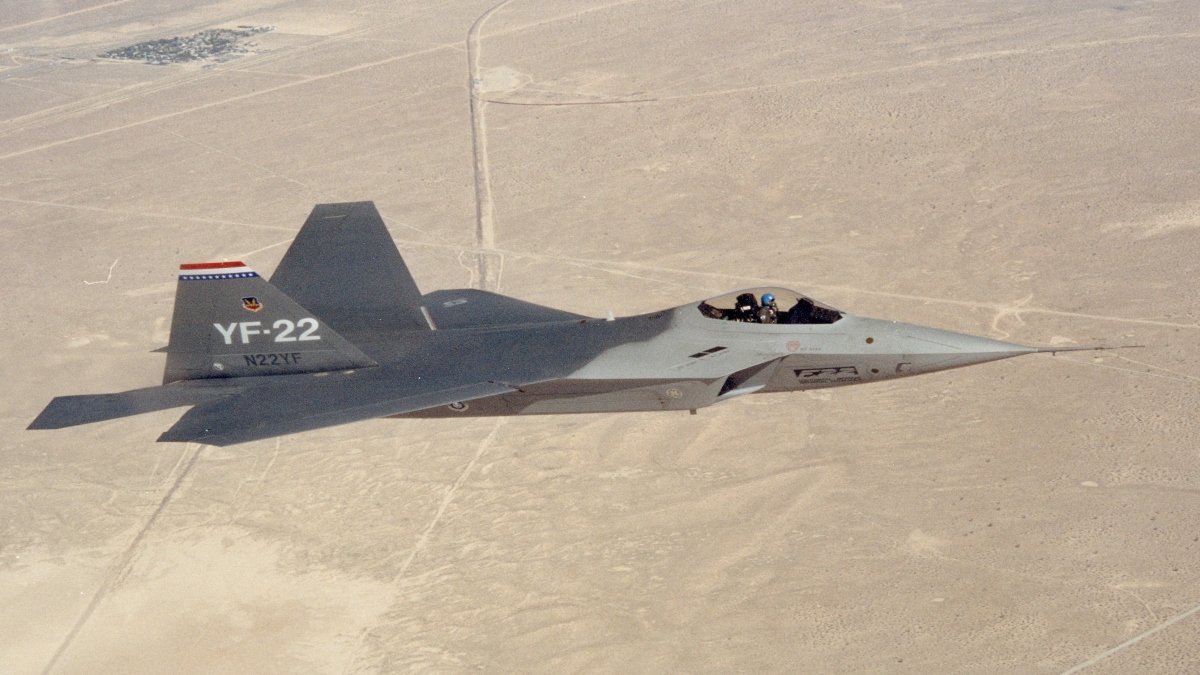
Technical Overview: Basics of Airborne Ghost
Understanding the F-22 Raptor requires peeling back its technical layers, one system at a time:
1. Stealth Design
The F-22’s shape, radar-absorbing coating, and internal weapons bays make it nearly invisible to radar. Unlike conventional fighters that hang missiles under the wings like Christmas ornaments, the Raptor hides everything inside—reducing its radar signature to the size of a bumblebee on enemy screens.

2. Engines and Supercruise
Two Pratt & Whitney F119 turbofans power the Raptor. The jet can supercruise at Mach 1.8 without even using afterburners. It flies supersonic while still sipping fuel, making it faster, quieter, and able to strike deeper without a slight guzzling of its tanks dry.
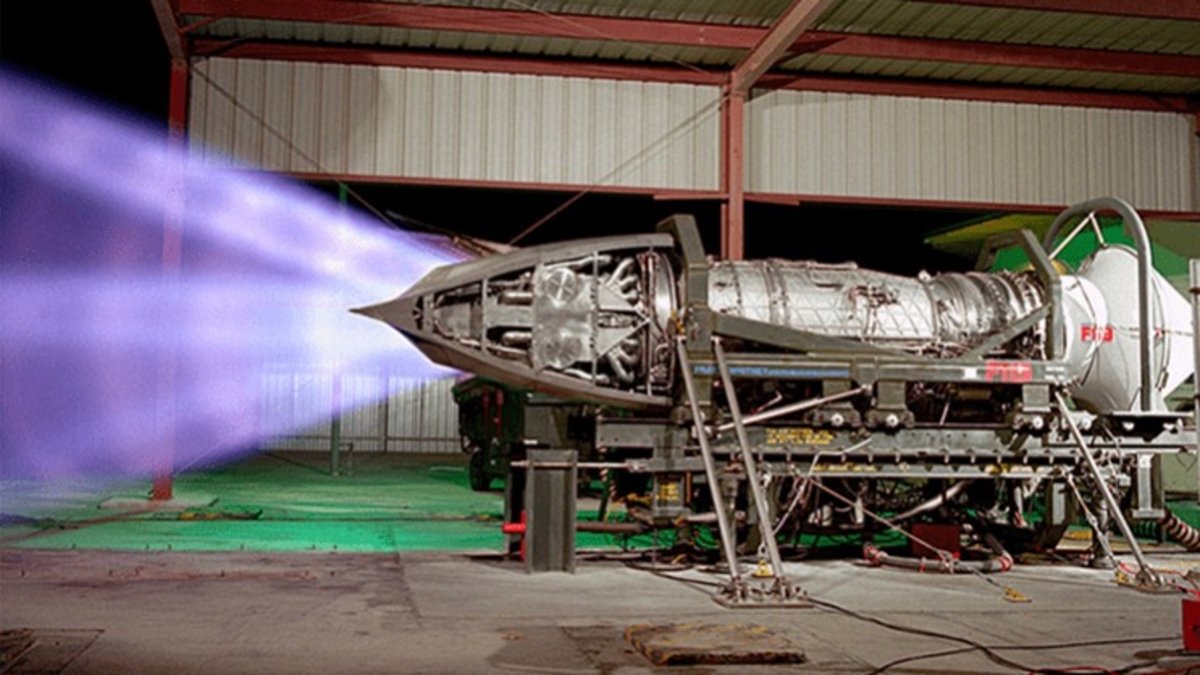
3. Thrust Vectoring
Its nozzles can bend thrust, allowing maneuvers that seem to break physics. Post-stall flips, sudden vertical climbs, and tight turns at impossible speeds—things that leave enemy pilots asking why gravity suddenly stopped applying to the Raptor.
4. Avionics and Sensors
At the heart of the beast lies the AN/APG-77, an Active Electronically Scanned Array (AESA) radar. The radar is capable of tracking multiple targets across long ranges while remaining stealthy.

Infrared sensors, radar warning receivers, and secure datalinks are seamlessly fused into the “glass cockpit,” where pilots get a clean and comfortable tactical picture instead of a massive chaotic mess.
5. Electronic Warfare
The F-22 doesn’t just hide; it bullies the electromagnetic spectrum. It jams radars, spoofs enemy systems, and blinds sensors with electronic noise—all while quietly tracking adversaries. It’s like whispering while the enemy hears thunder.
6. Weapons Loadout
Despite being a stealth jet, the Raptor still carries an impressive arsenal. Internally, it can pack:
- 6* AIM-120 AMRAAMs (air-to-air missiles)
- 2* AIM-9 Sidewinders (short-range missiles)
- 1* 20 mm M61A2 Vulcan cannon (480 rounds)
For air-to-ground roles, it can swap in:
- 2* 1,000 lb JDAMs (precision bombs)
- Small Diameter Bombs (SDBs) for surgical strikes
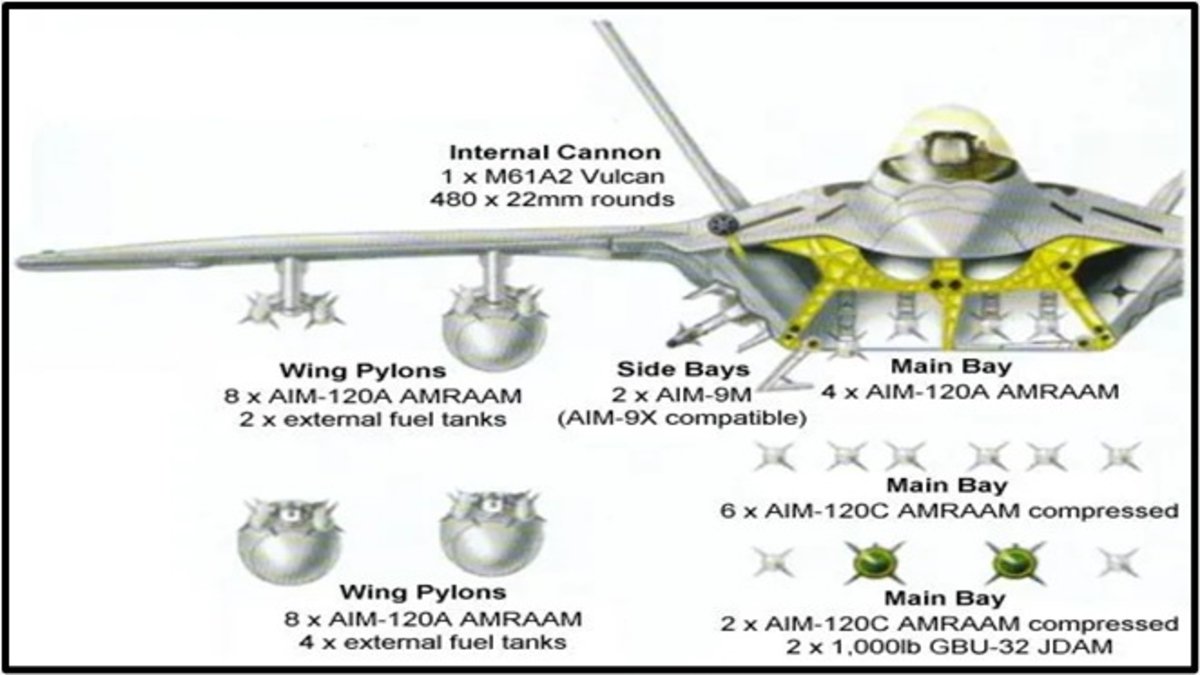
The Raptor, after getting fully loaded, can hold up to eight air-to-air missiles internally or a combination of required guided bombs as per the mission. In essence, the F-22 blends seamlessly the stealth, speed, agility, sensors, electronic warfare, and precision arms. It’s like having two queens in chess on your side from the start.
The Financial and Logistics Black Hole
Here’s the catch. Each F-22 came at around $150 million per jet. Add training, spare parts, and maintenance? The number balloons to over $350 million per aircraft.
Logistics cripple the Raptor: stealth coating demands constant babysitting, unique parts block sharing with other fleets, and a maintenance circus keeps it grounded more than airborne.
And yes, this is where sarcasm fits: countries like Sweden built the Gripen at a fraction of the cost—simple, exportable, reliable. Yet Washington poured billions into a machine too expensive to field in large numbers.
Why the U.S. Kept It Away from Allies?
The Obey Amendment (1998) explicitly banned F-22 exports. Washington feared that even trusted allies like Japan, Israel, or the UK couldn’t guarantee the secrecy of its stealth technology. The U.S. deemed the Raptor too advanced to export—like handing state secrets wrapped in titanium and composites.
The paranoia wasn’t entirely baseless. The U.S. had learned from Cold War tech leaks that once cutting-edge systems slip out, adversaries waste no time reverse-engineering them. So, the F-22 was kept under lock and key, not even offered to the closest partners.
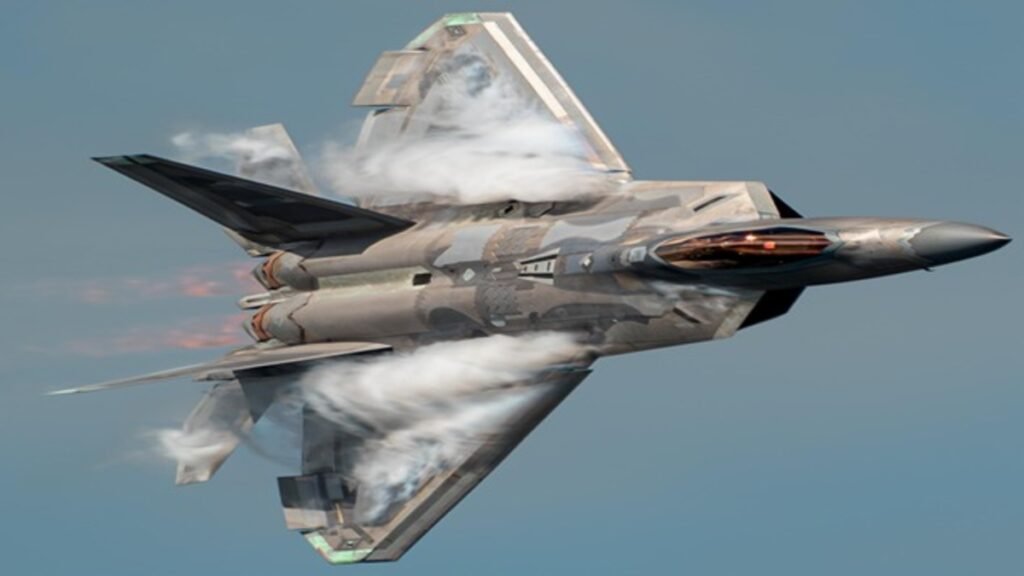
The U.S. happily sold the F-35 Lightning II worldwide, a jet filled with sensitive tech, but carefully “dumbed down” for export customers—toning down radar cross-section, sensor fusion, and electronic warfare features depending on who was buying. In other words, a stealth fighter is sold in “basic,” “premium,” and “deluxe” trims depending on the friendship level.
Mainstream headlines reflected this paranoia:
- “F-22 Not for Sale, Says Export Chief” — Wired (2007)
- “Japan’s Bid Could Upset Regional Balance” — Korea Joongang Daily (2007)
- “Chief of Staff Cautious” — Air & Space Force Magazine (2009)
Media Bias & Propaganda: Raptor Edition
Since its debut, the F-22 Raptor has been less portrayed as an aircraft and more mythologized as America’s titanium-clad legend. Western media routinely framed it as untouchable, a jet that could dominate skies effortlessly. Coverage often skipped over the elephant in the room: the Raptor’s eye-watering development and maintenance costs. Stories hyped its unmatched stealth and dogfighting abilities, selling a dream while billions sank into a fleet too small and too exclusive for any foreign buyer.
Military PR machinery played a huge role. Carefully selected footage of the jet’s maneuvers in air shows, glowing Pentagon briefings, and dramatic combat simulations fed into a narrative of supremacy. What the public didn’t see as often were operational limitations—oxygen system failures, groundings, and the fact that newer platforms like the F-35 were meant to replace it far sooner than expected.
📺 Watch Unbiased Global Defence Analysis & Geopolitical coverage on “The GRYD“
Below are actual headlines and coverage that illustrate how the media boosted the Raptor’s image—sometimes beyond its real-world performance.
1. “Extremely Powerful F-22 Raptor Shows Its Crazy Ability”
2. “The F-22 Raptor Is the Greatest Fighter Jet in 2024”
3. “F-22 Raptors: America’s Pinnacle of Air Superiority and Stealth Technology”
4. “F-22 Raptor: World’s Most Advanced Fighter Jet”
Politics and Public Reaction
While military brass loved the Raptor, politicians faced a dilemma. Public opinion in the 2000s questioned why America needed a Cold War relic when the new fight was against insurgents in Iraq and Afghanistan. Spending billions on a jet designed to hunt Soviet fighters that no longer existed felt awkward.
Congress had eventually capped the production of the platforms merely at 187 units, far below the 750 that were originally planned. Citizens criticized the waste, while hawks argued cancelling production weakened long-term defense. The fighter jet became more of a political football than a fighter one.
Analysts’ Breakdown: Awe with Caveats
Defense analysts called the F-22 the “gold standard of air combat”, but also a financial cautionary tale. Many admired its unmatched performance and ability, yet warned that future conflicts will require more cost-efficient as well as versatile platforms.
As Lt. Gen. David Deptula bluntly put it, “The only thing more expensive than a first-rate air force is a second-rate one.”
Numbers back that up. Dr. Loren Thompson of the Lexington Institute noted, “At $258 million each, the F-22 is the costliest fighter in history.”
Stealth is powerful, but relying only on it risks shrinking the fleet too much
Lt. Col. Christopher Niemi
Simply put, the Raptor is just like an apex predator, but more like owning a pet tiger—deadly, beautiful, but ruinously expensive and difficult to maintain.
Exercises and Accidents
Operational Exercises
The F-22 Raptor took part in numerous important joint training exercises, bolstering its status as a platform for air supremacy:
1. Northern Edge (Alaska)– A massive multi-domain exercise where the Raptor flew alongside other U.S. assets; the 2025 iteration focused more on realistic high-end warfighting readiness.
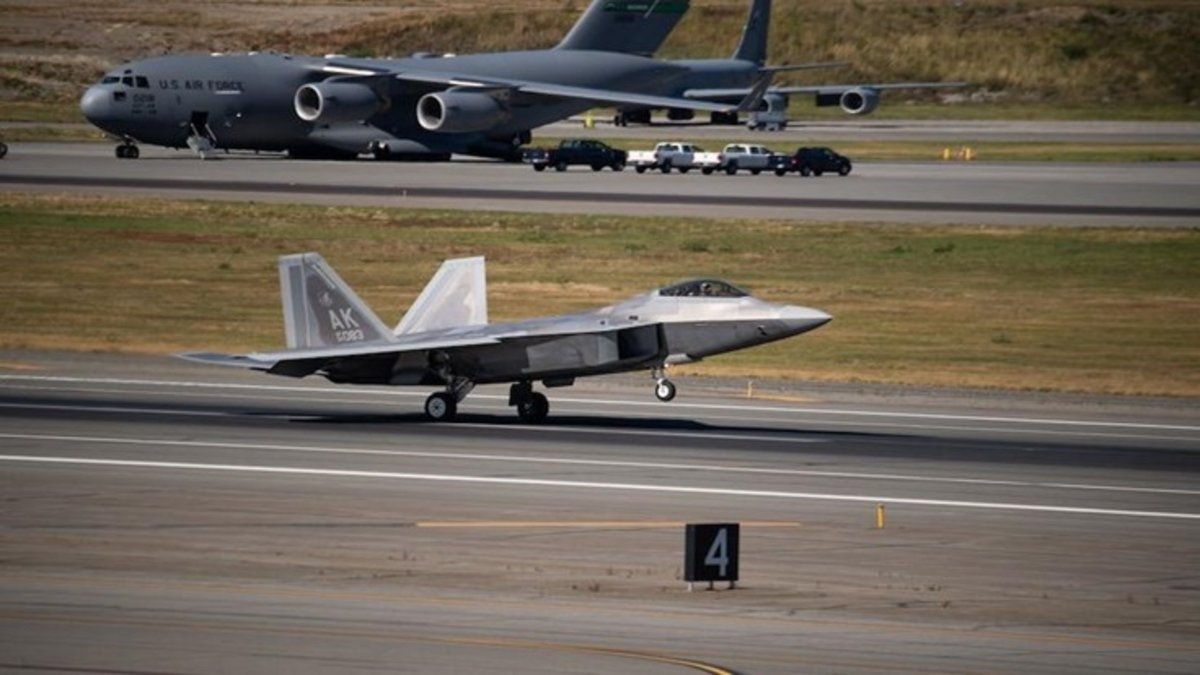
2. Valiant Shield 2024 (Guam, Palau, Northern Mariana Islands)– A biennial, multinational exercise integrating U.S. services (including F-22 units) across maritime, air, land, space, and cyber domains.
3. Valiant Shield 2022– Its earlier deployment included both F-22 as well as F-35s.It was a refined joint interoperability across the Indo-Pacific region.
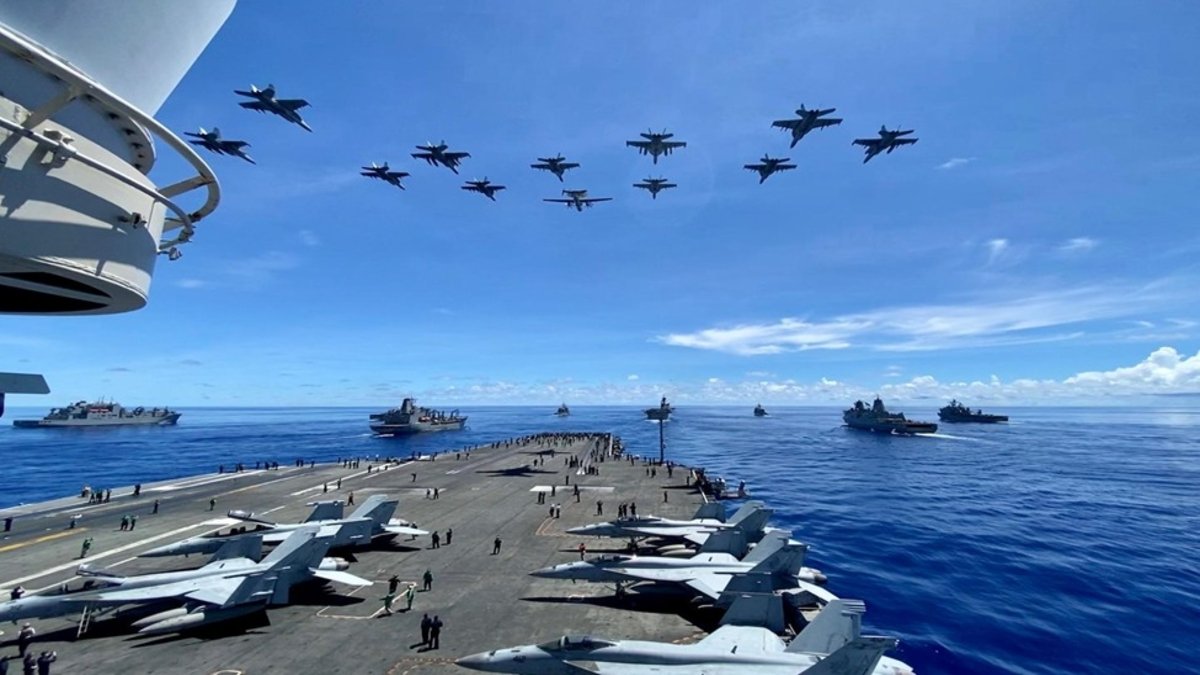
These deployments underline one thing: the Raptor isn’t just a museum piece or a symbolic aircraft; it’s still very much in the mix, training for the kind of fights the U.S. wants to win first and fast.
Mishaps and Accidents
While the Raptor’s record is impressive, it has faced several tragedies and technical failures.
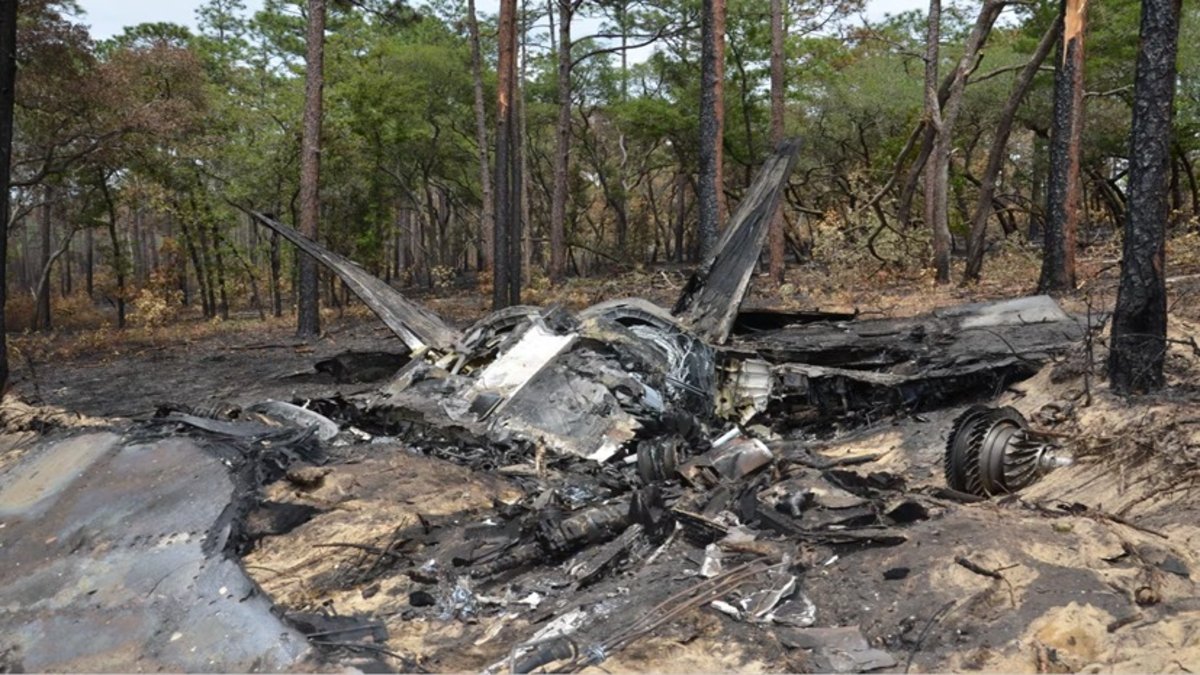
- December 2004 – Nellis AFB Crash and Grounding: A takeoff accident at Nellis AFB led to the pilot ejecting safely. The fleet was grounded for two weeks while a software control glitch was corrected.
- March 25, 2009 – Fatal Crash Near Edwards AFB: A test flight ended in disaster when Lockheed Martin pilot David P. Cooley lost consciousness from high-G forces and could not eject safely.
- November 16, 2010 – Alaska Oxygen-System Tragedy: Capt. Jeffrey Haney died after an emergency oxygen system failure. The Air Force restricted flights and later implemented automatic backup systems. A subsequent DoD Inspector General report found flaws in the Air Force’s handling of the case.
- May 2020 – Eglin AFB Crash: A routine departure ended with a crash due to a maintenance error involving air data sensor contamination from aircraft washing. The pilot survived.
- Persistent Pilot Safety Concerns—Hypoxia Cases: From early in its service, F-22 pilots reported multiple hypoxia-like incidents. A 2012 Wired investigation revealed unresolved breathing issues, and the Air Force awarded $24 million for root-cause analysis and fixes. Even so, experts warned about normalization of deviance and pilot safety.
Counterparts and Comparisons
| Fighter Jet | Origin Country | Key Traits | Limitations |
|---|---|---|---|
| F-22 Raptor | USA | Stealth-first design, unmatched avionics, sensor fusion, supercruise capability | Extremely high cost, low production numbers, maintenance heavy |
| Sukhoi Su-57 | Russia | Marketed as highly agile, strong kinematics | Avionics and finish quality trail behind the Raptor |
| Chengdu J-20 | China | Bigger frame, longer range, heavy payload capacity | Stealth shaping is debated, not as refined |
| Eurofighter Typhoon | Europe | Agile, powerful, proven multirole platform | Stealth not part of design philosophy |
| Dassault Rafale | France | Highly versatile, combat-proven, agile | Lacks stealth-centric design |
The truth? None have matched the Raptor’s mix of stealth, supercruise, and agility. Some are cheaper and more practical, but none are “better.”
🦅F-22 Raptor vs J-20 Dragon 🐉 — Ultimate stealth face-off revealed!
The Future: Legacy and Successors
Despite production being stopped in 2011, Raptor is still in use and occasionally gets upgrades. However, the Next Generation Air Dominance (NGAD) program, its foreseeable successor, appears to be on the horizon. This sixth-generation platform will include drones with artificial intelligence, and even enhanced stealth in comparison to its predecessor.

The Raptor may bow out in the 2030s, but its DNA will march into the NGAD—ideally without carrying the price tag of a small nation’s GDP.
Conclusion: The Jet America Refused to Share
The F-22 Raptor stands like a pillar carrying both triumph and a warning. Technologically, it remains unmatched—an invisible predator that redefined aerial combat in the modern era. Politically, it symbolized America’s deep mistrust, even toward allies. Financially, it became a monument to excess, proving that unlimited budgets don’t always yield unlimited utility.
Allies begged for it. Enemies feared it. America built it, locked it away, and moved on. The Raptor wasn’t just banned from export—it was elevated into legend. And legends, unlike exports, aren’t for sale. The Raptor didn’t just help win wars—it prevented wars by its intimidation.
America didn’t export the Raptor because some weapons aren’t meant to balance power—they’re meant to tilt it forever.
F-22 Raptor: Key Facts
A. Because Washington feared leaking its most advanced stealth secrets.
A. Yes—despite newer jets, its stealth and agility remain unmatched.
A. Insane costs and shifting priorities grounded the production line.
A. In a real fight, the Raptor still holds the edge.
A. Yes—the NGAD program is set to take its crown in the 2030s.


